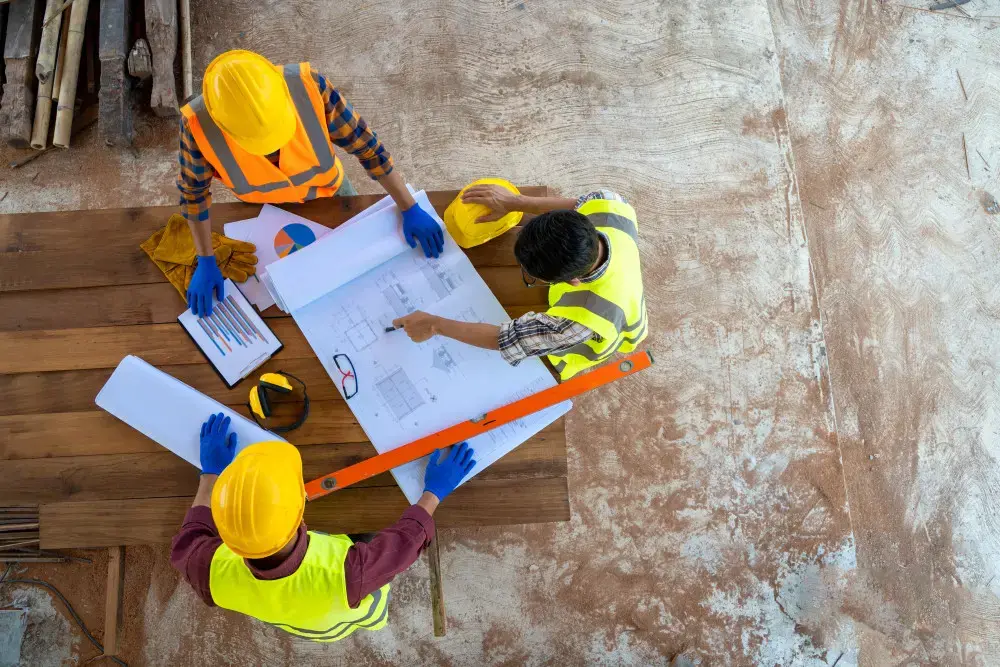What Are the Most Important Safety Tips for DIY Roofing Projects?
Undertaking a DIY roofing project can be an appealing alternative to hiring professionals. However, it comes with inherent risks that need to be mitigated through stringent safety measures. This article aims to highlight the most critical safety tips that homeowners should consider before embarking on roofing projects.
1. Assess Your Skill Level and Readiness
Before beginning any roofing project, evaluate your skill level realistically. Are you qualified to handle roofing tasks, or is this your first attempt? It’s essential to possess a basic understanding of roofing procedures. If you find yourself uncertain, it may be best to seek professional help.
2. Gather Essential Safety Gear
Your safety should be the top priority. Equip yourself with the following essential safety gear:
- Hard Hat: Protects against falling objects.
- Safety Glasses: Shields your eyes from debris.
- Gloves: Prevents cuts and abrasions.
- Non-Slip Shoes: Provides stability and grip on roofs.
- Harness System: Essential for fall protection.
3. Use Proper Ladders and Scaffolding
The ladder serves as your access point to the roof. Therefore, it must be stable and appropriate for the job at hand. Verify that your ladder is:
- Secure: Place it on level ground.
- High Enough: Ensure it extends at least 3 feet above the edge of the roof.
- In Good Condition: Inspect for any signs of wear and tear.
Scaffolding can provide additional safety and stability, especially for larger projects.
4. Understand Weather Conditions
Weather plays a crucial role in ensuring a safe roofing project. Check forecasts before you begin work. Avoid roofing during:
- Rain: Slippery surfaces can lead to falls.
- High Winds: Increases the risk of losing your balance.
- Extreme Heat: May cause heat exhaustion.
5. Inspect the Roof Structure
Before stepping onto the roof, conduct a thorough inspection. Look for:
- Weak Spots: Check for sagging areas and damaged materials.
- Animal Nests: Remove any potential hazards to prevent falls.
- Structural Integrity: Make sure the roof sheathing can support weight.
6. Use Safety Harnesses and Anchor Points
Adhering to fall protection protocols is crucial. If working at significant heights, utilize a safety harness attached to a secure anchor point. Always follow the manufacturer’s instructions for proper use.
7. Keep Your Work Area Organized
An organized workspace enhances safety. Ensure proper storage for tools and materials to avoid tripping hazards. Clear any unnecessary items from the roof and ladder area.
8. Stay Hydrated and Take Breaks
Physical exertion during roofing projects is intense. Staying hydrated is vital to prevent fatigue and heat-related illnesses. Schedule regular breaks to rest and recover strength.
9. Maintain Communication
If working with a partner, establish a communication plan. It’s essential to keep each other informed of movements and tasks. Regular check-ins help in identifying potential hazards before they escalate.
10. Have an Emergency Plan
Accidents can occur, regardless of precautions taken. Have an emergency plan in place which includes:
- First Aid Kit: Ensure it is stocked and easily accessible.
- Emergency Contacts: Post phone numbers for emergency services.
- Clear Escape Routes: Know how to exit the roof safely if needed.
11. Be Cautious with Tools
Power tools can lead to severe injuries if not used correctly. Always be mindful of tool safety:
- Inspect Tools: Check for damage before use.
- Store Properly: Keep tools secured when not in use.
- Use the Right Tool: Select tools that are specifically designed for roofing tasks.
12. Understand Roofing Materials
Familiarize yourself with various roofing materials and their specific needs. Some are heavier or more cumbersome, which may require additional handling techniques. Ensure that you can handle the weight and characteristics of the materials you have chosen.
13. Follow Local Regulations
Ensure compliance with local regulations and building codes. Obtain the necessary permits before starting your roofing project. Ignoring these legal requirements can lead to fines or complications down the line.
14. Seek Professional Help When Necessary
Finally, remember that it’s acceptable to ask for help. If you encounter any unexpected difficulties or hazardous conditions, don’t hesitate to reach out to a professional roofer. Sometimes, bringing in an expert can save time and ensure safety.
Conclusion
Undertaking DIY roofing projects can be rewarding, but safety should never be compromised. By following these safety tips, you can reduce risks and make informed decisions. Always prioritize safety gear, assess weather conditions, and maintain a proactive mindset. With careful planning and execution, you can achieve your roofing goals without sacrificing your well-being.








